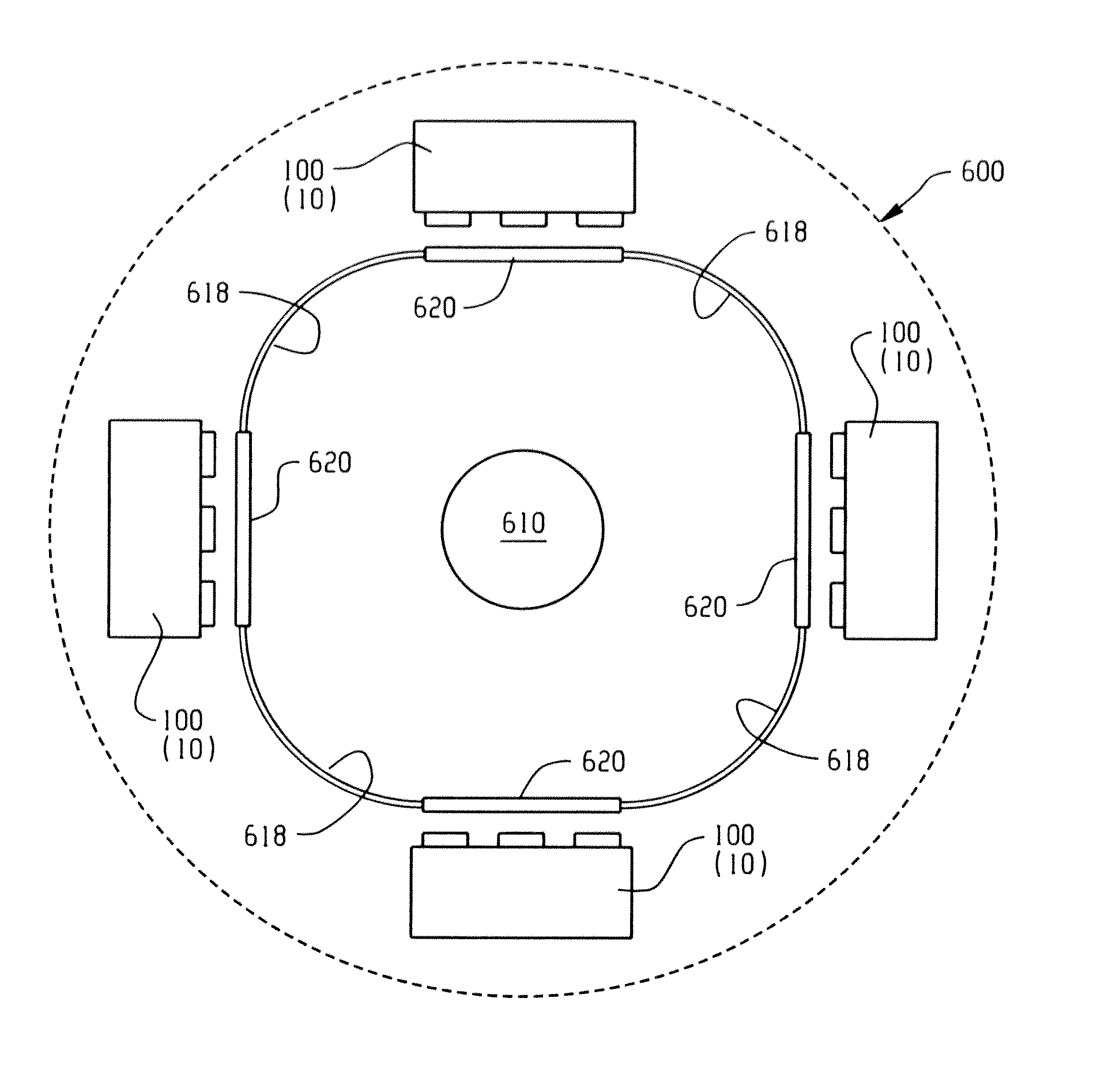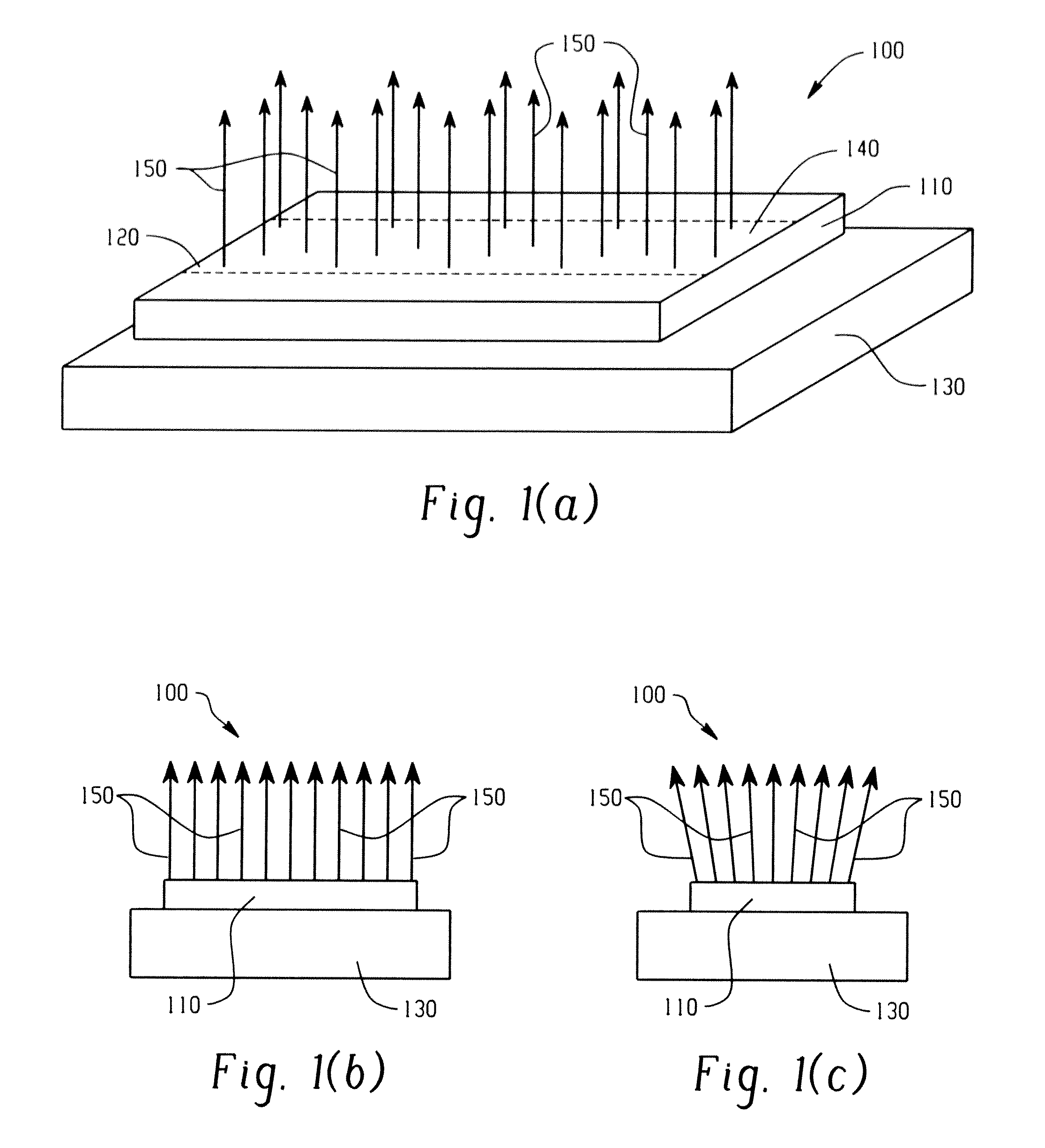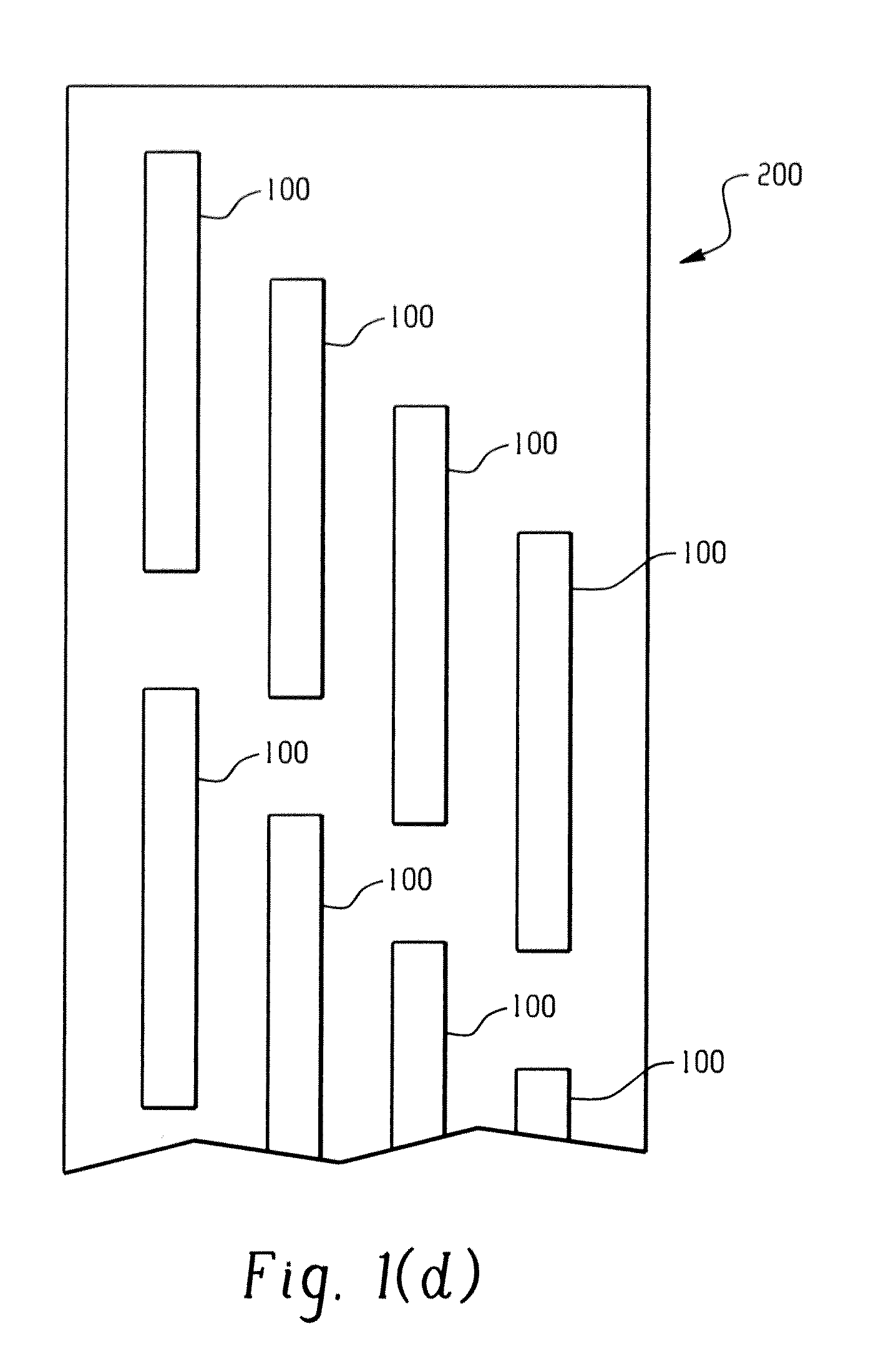Digital heat injection by way of surface emitting semi-conductor devices
a semiconductor device and digital heat injection technology, applied in the field of digital heat injection by means of surface emitting semiconductor devices, can solve the problems of difficult generalization, slow change of shape in parts, sharp or abrupt change of shape in other parts, etc., and achieve the effect of improving the irradiation pattern
- Summary
- Abstract
- Description
- Claims
- Application Information
AI Technical Summary
Benefits of technology
Problems solved by technology
Method used
Image
Examples
Embodiment Construction
[0054]The present invention describes a new use of a documented but not well known laser diode technology. This is a new class of devices that are just emerging from a few advanced manufacturers as experimental devices and as a class are known as surface emitting diode lasers. They have unique properties for practicing digital heat injection technology and they have none of the limitations indicated above. Although they may not represent a substantial improvement for many traditional uses of laser diodes, they represent a substantially novel improvement in both the economics and the practicality of practicing digital heat injection technology.
[0055]The design and manufacture of DHI applications typically involves a large number of laser diode devices for each system—since they are often involved in the radiating relatively large surface areas and heating target items with a substantial amount of energy. Many of the traditional applications for power laser diodes use small numbers of...
PUM
| Property | Measurement | Unit |
|---|---|---|
| wavelengths | aaaaa | aaaaa |
| wavelengths | aaaaa | aaaaa |
| radiant energy | aaaaa | aaaaa |
Abstract
Description
Claims
Application Information
 Login to View More
Login to View More - R&D
- Intellectual Property
- Life Sciences
- Materials
- Tech Scout
- Unparalleled Data Quality
- Higher Quality Content
- 60% Fewer Hallucinations
Browse by: Latest US Patents, China's latest patents, Technical Efficacy Thesaurus, Application Domain, Technology Topic, Popular Technical Reports.
© 2025 PatSnap. All rights reserved.Legal|Privacy policy|Modern Slavery Act Transparency Statement|Sitemap|About US| Contact US: help@patsnap.com



